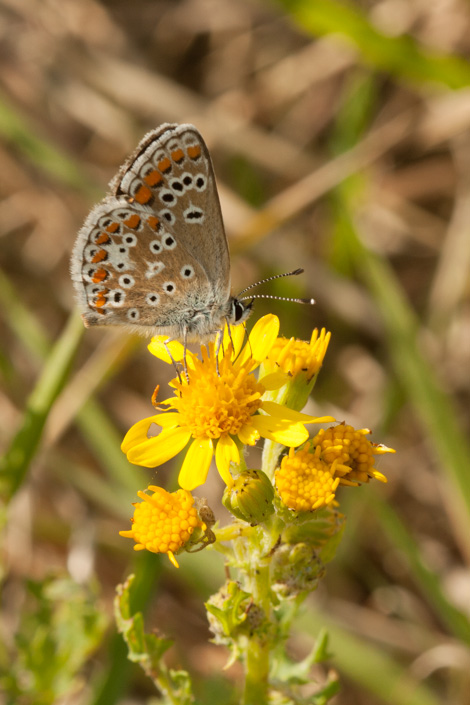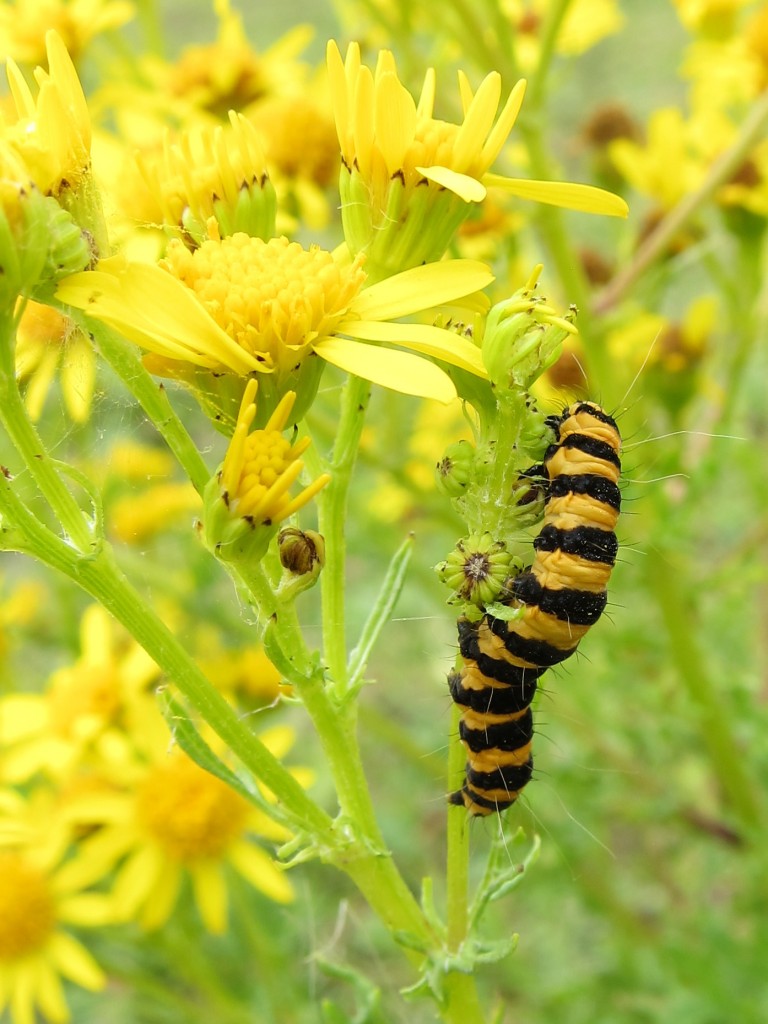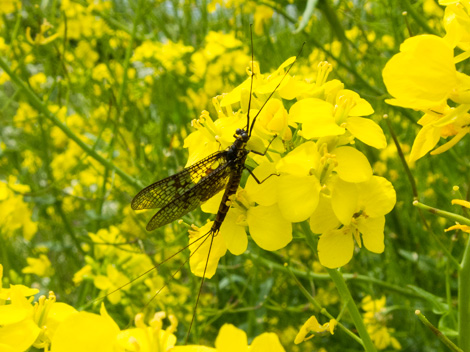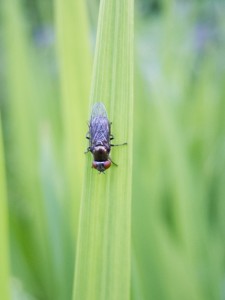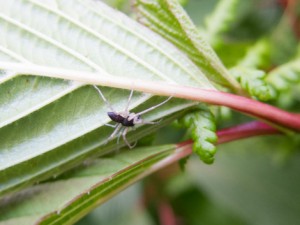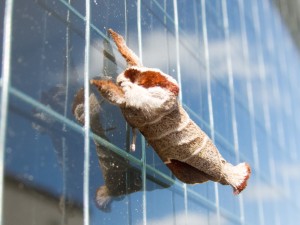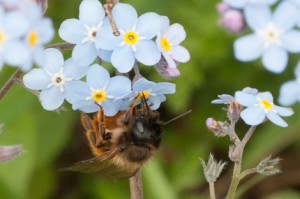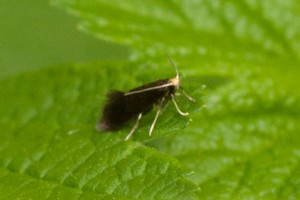150 years ago the Passenger Pigeon was the most abundant bird on the planet, estimates vary between two and three billion. Either way, it is a pretty incomprehensible number. Two thousand million pigeons in one flock in the United States. By 1900 there were none left in the wild, Martha, bred in captivity, died in captivity on 1st September 1914 in Cincinnati Zoo, the last passenger pigeon on earth.
How did this come about? That was the quest that Mark Avery, former Conservation Director of the RSPB, and author of Message from Martha, set himself. And, the story of Martha and her fellow pigeons was one that Mark described for the Humfrey lecture at Northants Natural History Society (NNHS).
Passenger pigeons were, apparently unremarkable birds, somewhere in size between a collared dove and a wood pigeon and, looking very pigeon like; the male having a fairly rosy pink breast, the female not even being that colourful. They lived in the eastern United States and mainly inhabited deciduous forests where they fed on acorns, chestnuts and beech mast, with some berries and occasional pine nuts thrown in for variety.
The only remarkable thing about these pigeons was the size of their flock. There are various contemporary accounts from such luminaries as John James Audubon (of Audubon’s Birds of America book fame), John Muir (a Scot who instigated the National Parks of America) and Alexander Wilson (another Scot after whom a plethora of birds have been named, Wilson’s petrel for one). They all describe a flock that stretched from horizon to horizon, how they watched them for hours and still the flock streamed over, bird after bird flying past at around 40mph. It is from their descriptions that the two to three billion estimates came from and they probably knew how to count birds (although the description from one witness of their dung being like snow seems a bit far-fetched, unless snow was very different in 19th century America).
These birds moved wherever the food was, and, with numbers on that scale, they needed a lot of food. Even when they nested they did so in numbers in the hundreds of millions.
So, what did for the passenger pigeon. Were they hunted and eaten to death by Americans. That would be the first guess as shooters did arrive on trains whenever they heard where the passenger pigeons had landed. Tens of thousands of them were sent back to the east to be eaten, some still alive to make them fresher when they got there. But, as Mark said, is it really likely that we ate two billion birds to death? Perhaps it was disease, or loss of habitat, after all, by 1870 half of America’s woodland had been cleared. Or perhaps something else ate them. Mark is of the latter opinion, that their numbers had reduced enough through hunting and habitat loss that natural (not man-made) predation was enough to finish them off entirely. And, he’s probably right, although we’ll never know.
Why is this important? It seems that we don’t learn from history. Whilst there are no birds that are as numerous as the passenger pigeon was, in the last thirty years the same number of birds have been lost from the EU, it’s just that they are spread across hundreds of species. This loss is due to the same reasons, habitat loss and hunting, but do we care enough to do anything about it and stop the full extinction? Unfortunately, the prevailing opinion in the room was probably not. Let’s hope Mark’s talk can inspire some more people to take action and prevent the sixth great extinction.

